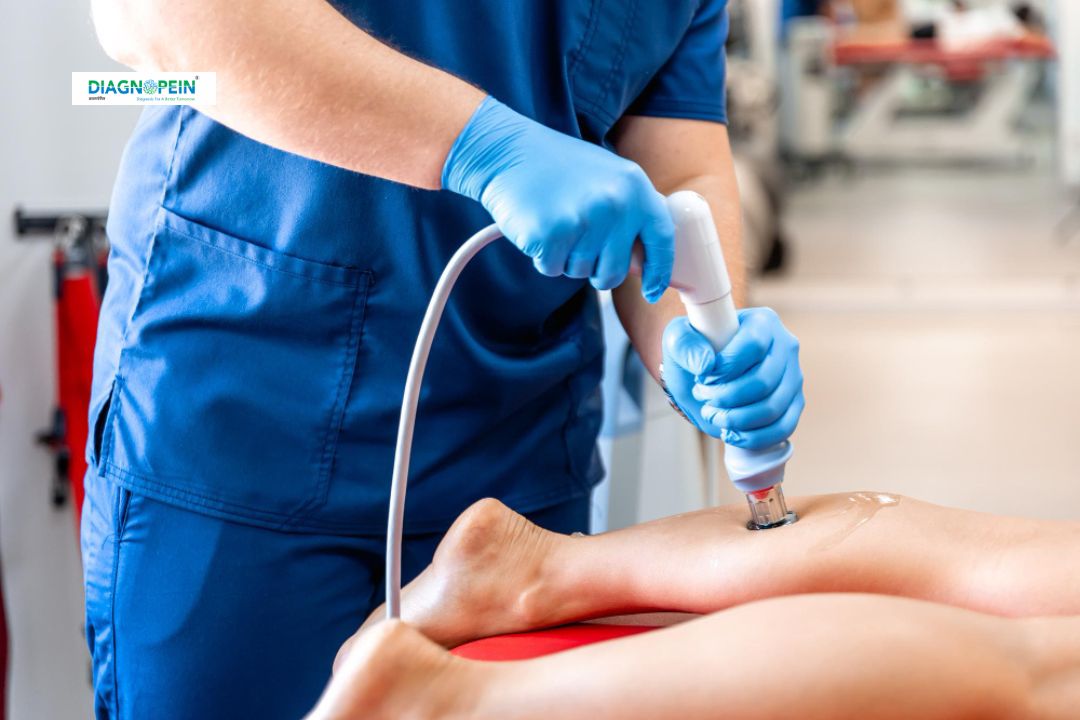Why USG Doppler Both Upper/Lower Limb Venous is Important
Performing a USG Doppler Both Upper/Lower Limb Venous test allows doctors to detect abnormalities in blood circulation before they lead to serious complications. Venous Doppler ultrasound helps identify:
-
Blood clots or embolism risk (DVT)
-
Venous reflux or insufficiency
-
Post-surgical vein healing
-
Vein valve malfunctions or obstruction
This test is especially useful for individuals with sedentary lifestyles, prolonged standing habits, smoking history, or existing conditions like diabetes and hypertension. USG Doppler Both Upper/Lower Limb Venous provides real-time information that helps prevent complications like pulmonary embolism or chronic venous insufficiency.
Benefits of USG Doppler Both Upper/Lower Limb Venous
The USG Doppler Both Upper/Lower Limb Venous test offers several key benefits compared to other vascular imaging methods:
-
Non-invasive and painless: It uses high-frequency sound waves, eliminating the need for injections or incisions.
-
Accurate diagnosis: Provides detailed visualization of blood flow and vein condition.
-
No radiation exposure: Safe for all age groups, including pregnant women.
-
Real-time assessment: Enables quick detection of blood clots or venous diseases.
-
Assists in treatment planning: Helps doctors evaluate the success of vascular treatments and surgeries.
Patients can resume their normal activities immediately after the scan. The results of USG Doppler Both Upper/Lower Limb Venous are quick and reliable, making it a preferred vascular diagnostic tool.
How the USG Doppler Both Upper/Lower Limb Venous Test is Done
During the USG Doppler Both Upper/Lower Limb Venous scan, a trained sonologist or radiologist applies a clear gel on the arms and legs. A handheld probe, called a transducer, gently moves over the skin surface. This device sends sound waves that reflect off blood cells, producing live images of blood flow on the screen.
The procedure usually takes 30–45 minutes. Patients may be asked to change positions or hold their breath briefly to capture optimal vein images. The test identifies obstructions, compressions, or reflux in both upper and lower limb veins.
No fasting or special preparation is required for USG Doppler Both Upper/Lower Limb Venous. However, wearing comfortable, loose clothing is recommended for better access during the examination.
Normal Parameters and Interpretation
The USG Doppler Both Upper/Lower Limb Venous report includes parameters like:
-
Venous flow direction and velocity
-
Presence or absence of clot or obstruction
-
Valve competency in veins
-
Degree of reflux or narrowing
A normal result shows smooth, forward blood flow toward the heart with no signs of obstruction. Any turbulence, reversed flow, or visible clot indicates possible venous pathology requiring treatment. Radiologists analyze these findings and collaborate with vascular specialists for appropriate management.
Where to Get USG Doppler Both Upper/Lower Limb Venous in Karad
At leading diagnostic centers in Karad, USG Doppler Both Upper/Lower Limb Venous is done using advanced ultrasound machines by experienced radiologists. Whether you need a venous Doppler for both legs and arms or a follow-up vascular scan, choosing a quality imaging center ensures accurate results and personalized care.








